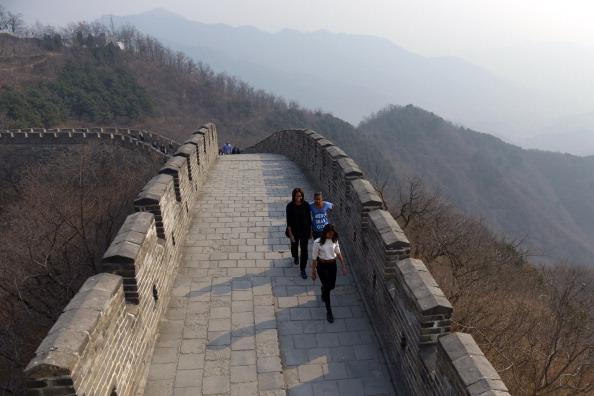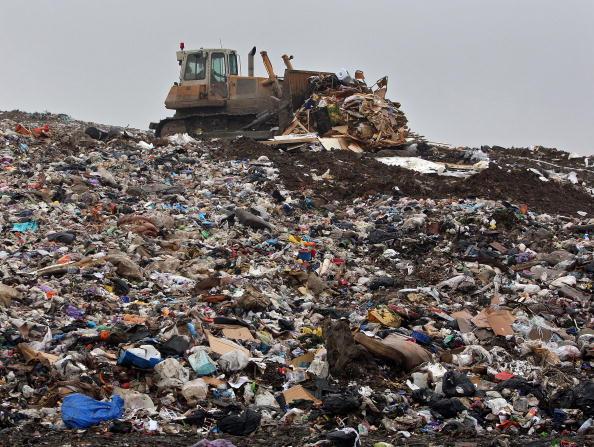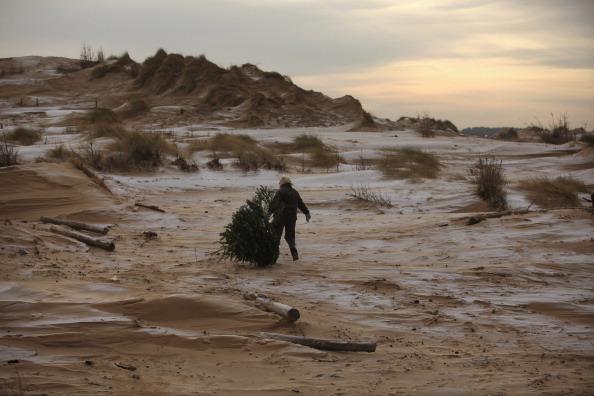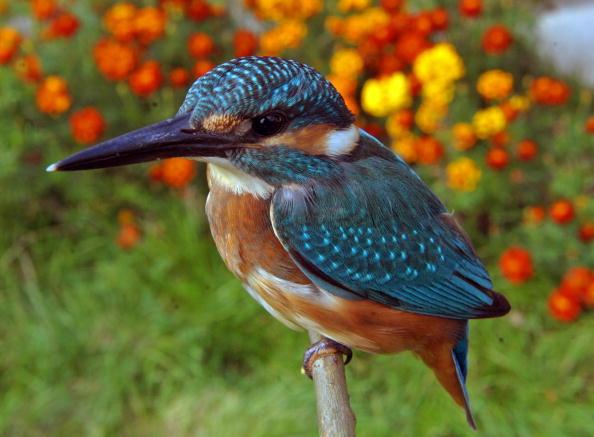Often we forget the impact our political gestures have on wildlife. There have been many examples throughout history. One such example is the rabbit populations that lived predator free within the Berlin Wall. By living between the two sides of the Berlin wall, the rabbit population was protected from outside predators and populations grew exponentially. After the wall was taken down the rabbits had to relearn how to live without being “shielded” by German policy.
Walls and fences can disrupt migratory patterns, access to food resources, breeding diversity, and proper population control. The building of the Great Wall of China has lead to significant genetic differentiation among flora on either side of the wall. In India, a wall meant to protect Indians in the Kashmir Terror from Pakistani Guerillas interrupted migratory patterns of bears and leopards causing them to wander into villages and attack humans.
Recently our Affiliate Care2 wrote an article I found particularly interesting and wanted to present in the blog. The article was a list of animals whose populations would be greatly affected by a Mexican/American Border Fence. While the building of a fence separating Mexico and the United States is a hot social and political issue, it will affect wildlife as well.
Pumas
Pumas require land to roam. The placement of a fence will greatly limit their range and most likely make them move to another area.
Coatis
Because Coatis are small, they are less likely to be able to remove themselves from a disturbed area like pumas. This may lead to diminished resources resulting in a possible population collapse.
Pygmy Owls
Pygmy Owls are low flying birds and do three quarters of their flying below the height of the proposed wall. Juvenile owls prefer colonizing areas with vegetation.
Big Horn Sheep
A fence would divide up the Big Horn population reduces genetic diversity. Isolated populations are more susceptible to disease and drought.
Bobcats
When bobcats’ territories are disturbed, they are likely to cross into zones more populated by humans where they are at risk of being hit by cars.
This article was originally published and posted by Maddie Perlman-Gabel, a contributing writer for blog.enn.org. Please click HERE for the original article and more information.




